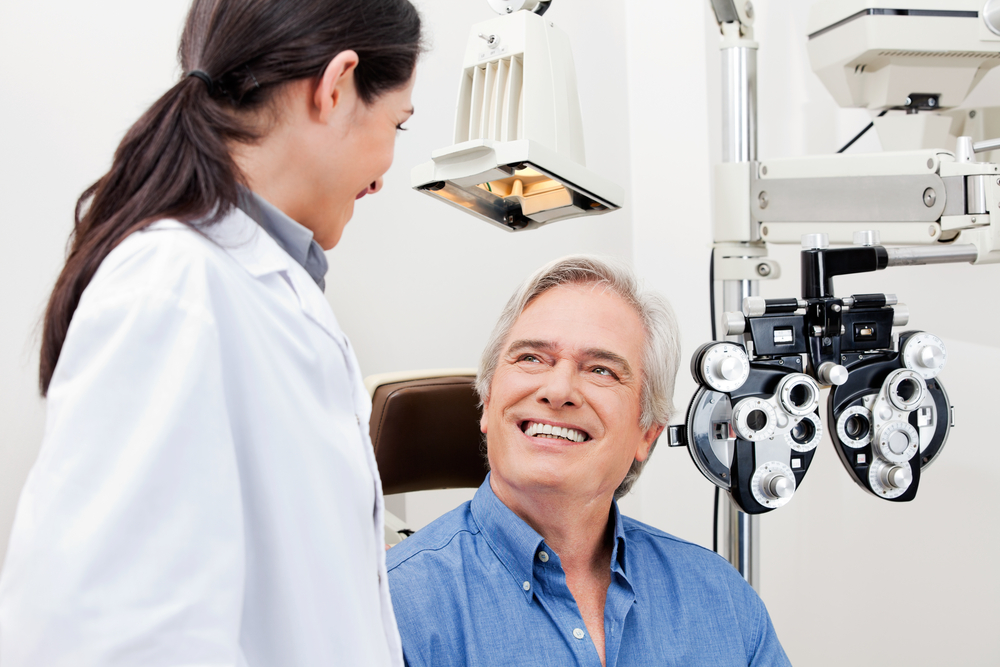
Posted by: Missouri Eye Institute in Blog on April 14, 2020

Did your ophthalmologist notice a change in the pressure of your eyes? Were you recently diagnosed with glaucoma?
Glaucoma is a common eye condition that has few discernible symptoms. Glaucoma is one of the main reasons adults go blind.
Early detection is key when it comes to managing and preventing blindness. Keep reading to learn more about how to lower your intraocular pressure!
Eating a healthy and balanced diet is helpful when managing your eye pressure. If you have issues balancing your blood sugar levels, it can affect your eye pressure.
To help lower your blood sugar levels, you should reduce your sugar and carbs. This means skipping soda, candy, bread, and any starches. Improving your diet will not only help your eye pressure but your general health too.
Eating a healthy diet means that you’re getting all the proper nutrients your body needs. This includes foods rich in vitamins A, E, and C and fatty acids since they are good for your eye health.
Examples of foods to eat include salmon, nuts and dark leafy greens.
Moving your body is important for your health. It could be walking, swimming or biking.
Staying active is a good way to stay healthy all around! If you don’t see yourself walking, biking, or swimming, try joining a gym.
Joining a gym allows you to use stationary bikes, a treadmill, or other machines available. The point is that you need to get some sort of daily exercise, either indoors or outdoors.
Make sure to talk to your doctor before starting a new exercise regimen.
Exercising can also help reduce your stress level. When you’re less stressed, this can lead to your intraocular eye pressure lowering.
Finding activities that help calm you down and reduce stress is important. Some people find meditation and yoga to be effective ways to manage their stress.
If you like to drink several cups of coffee per day or energy drinks, you need to reduce the amount you drink. Drinking high levels of caffeine is connected to higher eye pressure.
Use a pillow to wedge under your sleeping pillow to elevate your head slightly, 20 degrees max. This can help reduce your eye pressure while you sleep.
If lifestyle changes aren’t lowering your intraocular pressure, talk with your doctor about medication. Taking medication should be easy, affordable, and improve your eye health.
If you and your doctor decide that medication is the best solution for you, they will consider your lifestyle when selecting one for you to try.
If you use eye drops to lower your intraocular pressure, it’s important to use them as prescribed. These usually need to be used several times a day to work effectively.
You’ll also need to see your eye doctor more for follow-up appointments. This is the only way to know if the eye drops are helping to lower your pressure levels.
There are many ways to try to reduce intraocular pressure. It is important to try making different changes and see which combination works best for you. Talk with your doctor to see what they suggest.
Concerned about glaucoma or your intraocular pressure levels? Schedule an appointment with one of the doctors at Missouri Eye Institute in Springfield, MO!
Tags: glaucoma
Springfield
1531 E Bradford Parkway Ste 100
Springfield, MO 65804
Branson
1000 James F. Epps Rd Ste 2
Branson, MO 65616
Joplin
4500 E 32nd St
Joplin, MO 64804